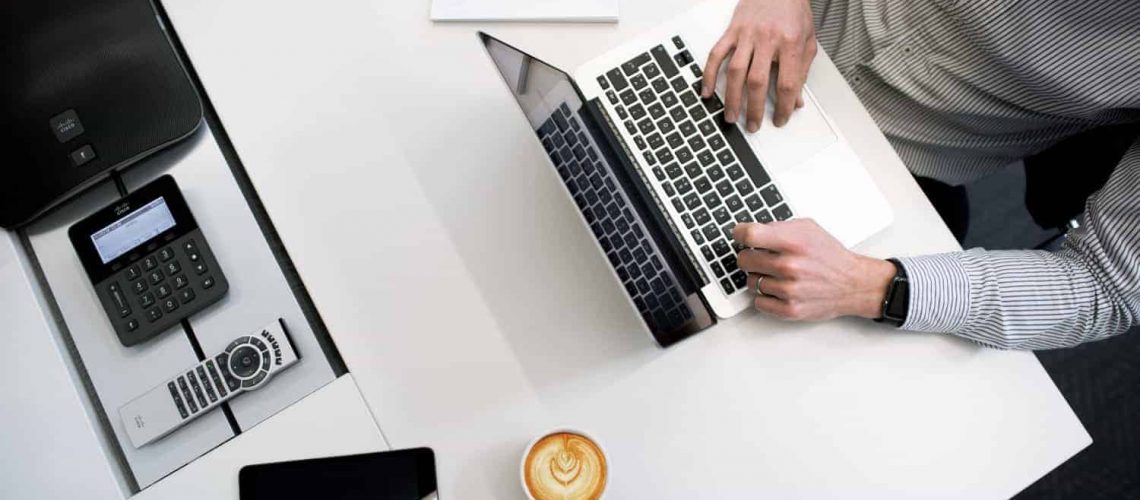An emergency fund can help you weather a sudden storm. Car repairs, minor home damage, or an unexpected friend in need. Unexpected being the keyword. An emergency fund is for … emergencies. In many industries, there’s a slow season. This emergency fund is NOT for that. If you’re accessing this money it’s “all hands on deck.” It’s a major catastrophe, it’s “break the glass in case of fire” money. If you’re dipping into this emergency money it’s time to cut expenses and potentially look at getting another job.
An emergency fund isn’t a new concept. Those of you who might have read some other books might wonder why I went with the budget first vs an emergency fund. The financial rehab isn’t just for salaried employees, it’s for entrepreneurs.
Yes, there is a popular entertainer that I think does good work that recommends $1,000 as an emergency fund. That amount is an excellent idea and maybe that should be your first step. If the thought of saving $1,000 is scary, let that be your first step. However, you need to know what one-month costs to run your home, as a business owner there may be a month where you need to pull this out.
The biggest reason for more than $1,000 and for us starting with the Blueprint first is because as entrepreneurs we’re not guaranteed a check. There might be a month where no income comes in. Ask a real estate agent about the truth of this. One month they might make $20,000 and another month it might be $0. In order to keep your family and living situation stable, you’ll need to stabilize it with this emergency fund.
How Do You Know How Much You Need In Your Emergency Fund
In the last blog post, I talked about the Minimum living expenses (called the “floor” in our Financial Blueprint post). This the minimum I must NET from my business endeavors so that my kids can eat and we can have power and a roof over our head. You need to know this number for your business as well. So go back to through the budgeting exercise and start adding up your floor and ceiling to run your business. If you already used our Financial Blueprint download then you’ll see the emergency fund calculator.
As an entrepreneur, I believe you need to have this emergency fund set with at least 3 months of expenses before you start really tackling any debt you have. Once your car, student loans, and credit cards are paid off I’d bring your emergency fund up to 6 months.
Support The Trusses
Before you do any renovation you have to make sure the structure is supported. In our financial rehab, we start the same way. We figure out what’s needed to live 3-6 months and start saving that. How much do you need in the emergency fund is up to you. I suggest 3 to 6 months. My wife would like 12 to 24 months. If I was single then 3 months would be plenty. I think the 3-month mark is where you can start devoting your energy into paying down debt (the debt demo!).
No emergency fund calculator is going to be perfect, you’ll need to get your expenses done first and then look at from that angle.
This post is part of the series called “Financial Rehab.” If you missed the other posts then you might want to jump back and check them out. Before we start tearing down walls (removing debt) let’s review our overall plan.
- We’ve put a circle around our life and role-played what we want, what we have and what might be.
- We’ve examined our overall foundation and found that starting off with giving, even when it seems impossible is crucial to long term significance.
- We’ve surveyed our overall financial house and we know what’s the minimum to keep it standing and measured what would be ideal.
- We’ve drawn the blueprint and now know where we are.
- Now we’ve put some trusses and ties in the right places so that the roof doesn’t fall in on us.
Now that we have the blueprint, the support structure in place and the home itself is ready to withstand a hurricane, we can begin demolition, or as they say in the biz, Demo the debt.



